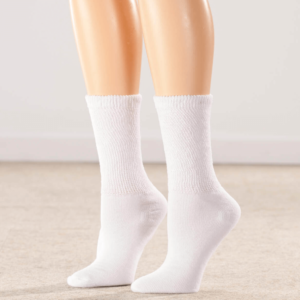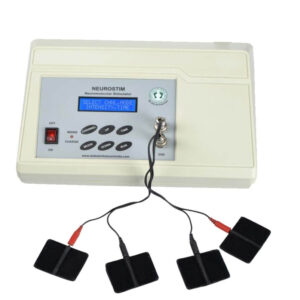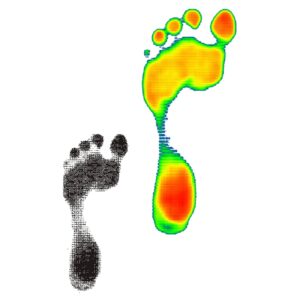Health care providers can lower the incidence of lower extremity amputation by using a Semmes-Weinstein 10gm monofilament to identify protective sensation loss and quickly taking measures to prevent ulceration. Monofilaments are an effective, convenient, easy to use, relatively inexpensive way of testing for loss of protective sensation in the feet in daily clinical practice.
The Longevity and recovery testing suggest that the life of each monofilament can be extended after testing on 10 patients by leaving it to recover for 24 hours before further use. Worldwide research indicated testing from 2 to 10 sites per foot with monofilaments and we recommend testing at least 6 per foot.
How to use the 10g Monofilament?
Bend the monofilament a couple of times before using it every day to remove any residual stiffness.
Explain to the patient about the test and requirements and apply the monofilament to a sensitive area of skin. We recommend to test inside of forearm.
Ask the patient to close their eyes and say ‘yes’ every time they feel the touch in their feet no matter how lightly they perceive the touch.
Place the monofilament at perpendicular to the skin surface and slowly push the monofilament until it bents. Do not jab the skin with the monofilament.
Hold the monofilament in this position for 1-2 seconds and then slowly release the pressure, until the monofilament is straight.
Repeat this for all testing sites on both feet and record your findings. During the test when the patient does not respond at a site, repeat the test few more times and still no response then records as negative.







Reviews
There are no reviews yet.